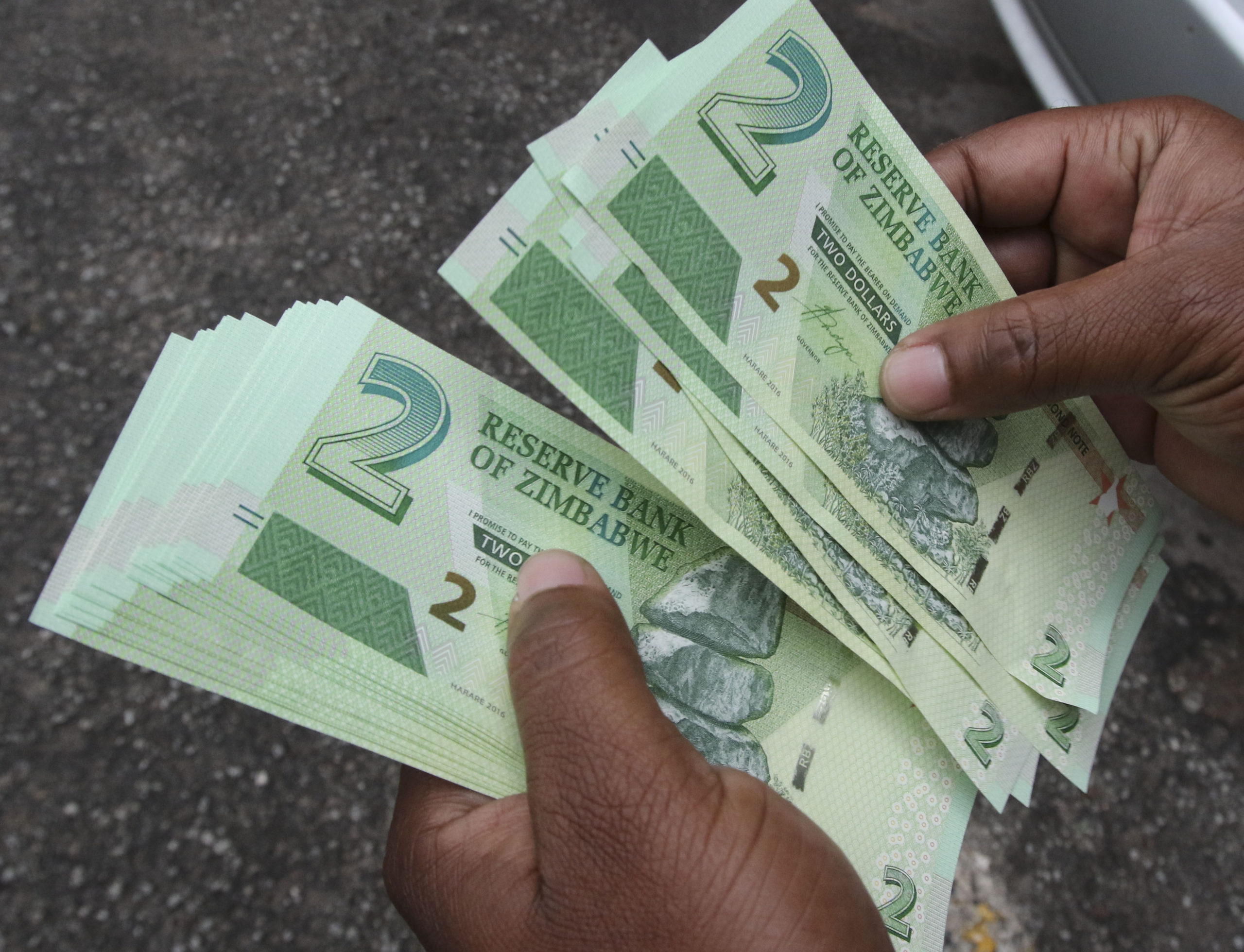- Zimbabwe Ends Decade of Dollarisation in New Currency Reform
Zimbabwe made its interim currency the country’s sole legal tender on Monday, ending a decade of dollarisation and taking a another step towards relaunching the Zimbabwean dollar.
The central bank also hiked its overnight lending rate to 50% from 15% as a part of a set of measures to protect the RTGS dollar introduced in February.
“The march towards full currency reform is part of our transitional stabilisation programme,” Finance Minister Mthuli Ncube said in a video posted on Twitter.
“This move is really beginning to restore full monetary policy.”
Zimbabwean President Emmerson Mnangagwa, who replaced longtime leader Robert Mugabe after an army coup in November 2017, is trying to repair an economy ruined by hyperinflation and a long succession of failed economic interventions.
But a hoped-for economic turnaround is yet to materialise, and many Zimbabweans are distrustful of Mnangagwa’s promises.
Mnangagwa’s government last month agreed a staff-monitored programme with the International Monetary Fund (IMF) whereby the fund will help Zimbabwe implement coherent economic policies.
Analysts are sceptical that the latest currency reforms will be a quick fix for the deep problems that have constrained economic growth in the southern African country.
“Zimbabwe will have to show results before people are convinced,” said Jee-A Van Der Linde, an economist at South Africa-based NKC African Economics.
Van Der Linde said banning the use of currencies such as the U.S. dollar and South African rand could create panic since Zimbabwe did not have large foreign-currency reserves to back the RTGS dollar.
There was nothing standing in the way of the Zimbabwean central bank printing money as it had done in the past, he added.
INFLATION
The central bank said in a statement on Monday that it had put in place letters of credit worth $330 million to secure imports for important goods such as fuel.
It would also try to boost liquidity on the interbank forex market by removing a cap on margins for banks and making sure that more than 50% of the foreign currency that Zimbabwean companies have to surrender ends up on the interbank market.
Zimbabwe abandoned its own dollar in 2009 after years of hyperinflation had destroyed trust in the local unit.
Mnangagwa said this month that Zimbabwe must reintroduce its own currency by the end of the year.
The IMF has said Zimbabwe should quickly allow the RTGS dollar to float freely, allow exporters to sell dollars at the interbank rate rather than surrender them to the central bank, and raise interest rates to curb inflation.
The RTGS dollar has been hitting new lows on the black market in recent days.
It was trading between 11 and 12 against the U.S. dollar on the unofficial market on Monday versus a level of around 6 on the official interbank market.
Many Zimbabweans complain that goods and services are still priced in other currencies.
While more than 80% of Zimbabweans earn RTGS dollars, goods ranging from bricks to groceries have their prices pegged in U.S. dollars.
Inflation raced to 97.85% in May, eroding salaries and savings and causing Zimbabweans to fear a return to the hyperinflation era a decade ago.





 Naira4 weeks ago
Naira4 weeks ago


 Naira3 weeks ago
Naira3 weeks ago


 News4 weeks ago
News4 weeks ago
 Travel4 weeks ago
Travel4 weeks ago




 Naira4 weeks ago
Naira4 weeks ago


 Jobs3 weeks ago
Jobs3 weeks ago
 Naira3 weeks ago
Naira3 weeks ago


 Travel3 weeks ago
Travel3 weeks ago














